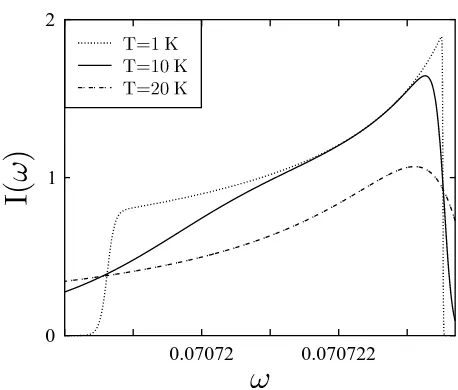Spin-orbit coupling and electron spin resonance theory for carbon nanotubes
Full text
Figure

Related documents
Spin-orbit coupling in a GaAs 2D electron gas (2DEG) has two dominant contributions: the Rashba 13 and the Dresselhaus 14 effects, arising from breaking of struc- tural and
proximity coupling of graphene to a TMD base breaks the sublattice symmetry of pristine graphene, leading to competing spin-valley and Bychkov-Rashba spin-orbit interactions [ 23 –..
The Wannier orbital (WO) overlaps in this relativistic calculation include both regular hopping terms and spin-orbit coupling terms.. The largest effects of relativity are captured by
As the putative quantum critical point (QCP, denoted by a star) is approached, the interplay between spin anisotropy (driven by the spin-orbit coupling) and quantum fluctuations
This is indicative of a Rashba spin splitting: in the presence of a potential gradient (provided here by the band bending), spin-orbit coupling lifts the spin-degeneracy of the
(2015) Narrow heavy-hole cyclotron resonances split by the cubic Rashba spin- orbit interaction in strained germanium quantum wells.. Permanent
The uniform spin dynamics from the weak to the strong spin-orbit coupling regime in the presence of linear β 1 and cubic β
Large spin relaxation anisotropy and valley-Zeeman spin-orbit coupling in WSe2 /graphene/h-BN heterostructures Simon Zihlmann,1,* Aron W.. Garcia,2 Máté Kedves,3 Kenji